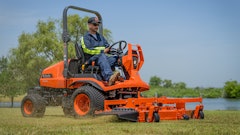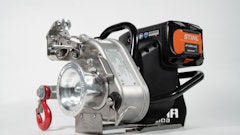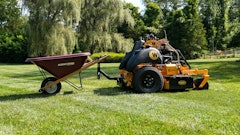According to a story at ABC 30 - KFSN in Fresno, CA, waterless lawns are definitely the future in California. The main reason the market hasn’t completely taken off already is because synthetic lawns can be expensive for the average homeowner to have installed. But that could be changing.
Two California landscape companies have joined forces to launch a new company, California Turf Warehouse. CTW provides a line of synthetic grasses. It has also begun offering classes to help landscape contractors master the art of installing synthetic grass. Now, DIYers (i.e. home and/or business owners) are also showing an interest in the classes. By learning to incorporate and install synthetic grass themselves, property owners remove a major barrier to the adoption of synthetic grass: expense.
California is the prime location for the adoption of synthetic grass to really catch fire. That’s because California, quite literally, often catches fire. This year’s drought has reached historic proportions. Many consumers have grown tired of the cost and commitment to keeping their lawns healthy.
The question is: Could synthetic grass establish some roots elsewhere around the country? Other drought-stricken states throughout the Southwest are obvious hotspots. But even in the northern regions, there are segments of the marketplace that are quite receptive to the idea of “less turfgrass” – whether that turfgrass is replaced with hardscapes, native plantings or waterless, synthetic grass. Landscape contractors must recognize who these customers are, and offer the appropriate alternatives when necessary.
In the meantime, don’t plan on waterless lawns taking over completely. Good old-fashioned grass—the kind that does need water—is something most Americans still have an affinity for. Plus, turfgrass does play a vital role in the ecosystem. For example, the OPEI has published a report highlighting the many positive benefits of turfgrass, including carbon sequestration. Healthy lawns also help manage stormwater runoff and reduce the heat island effect.
Real grass can definitely be good. Today’s landscape contractors just have to recognize when, where and how to use it.



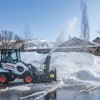
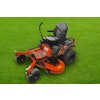
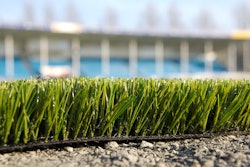
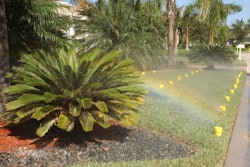








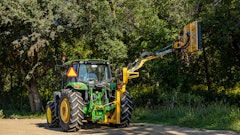
![T708 2025 Ga Tl11 R3 Hr [1 Q5 A1066]](https://img.greenindustrypros.com/mindful/acbm/workspaces/default/uploads/2025/10/t708-2025-ga-tl11r3-hr-1q5a1066.KcuUhTiF78.jpg?ar=16%3A9&auto=format%2Ccompress&fit=crop&h=135&q=70&w=240)
